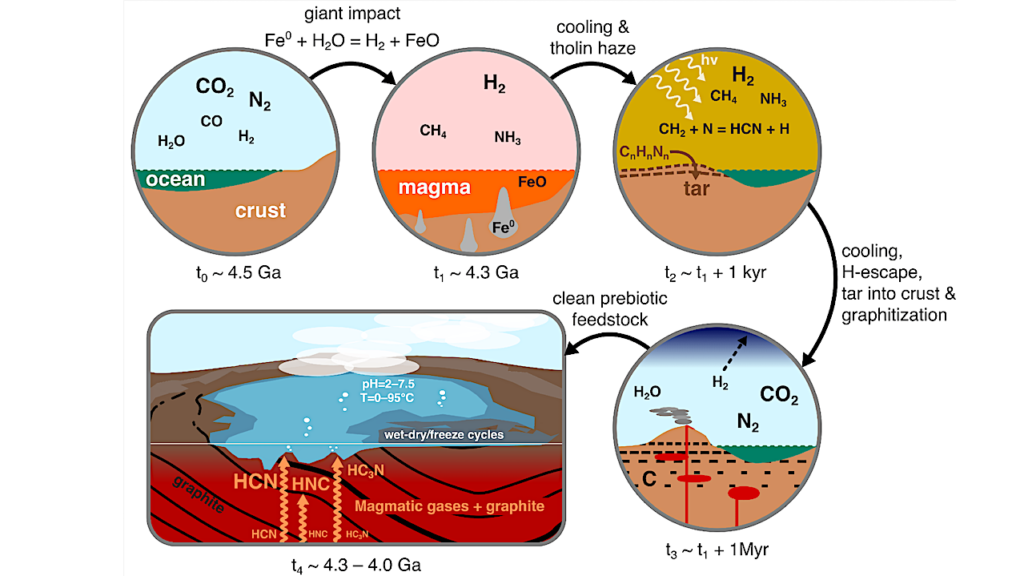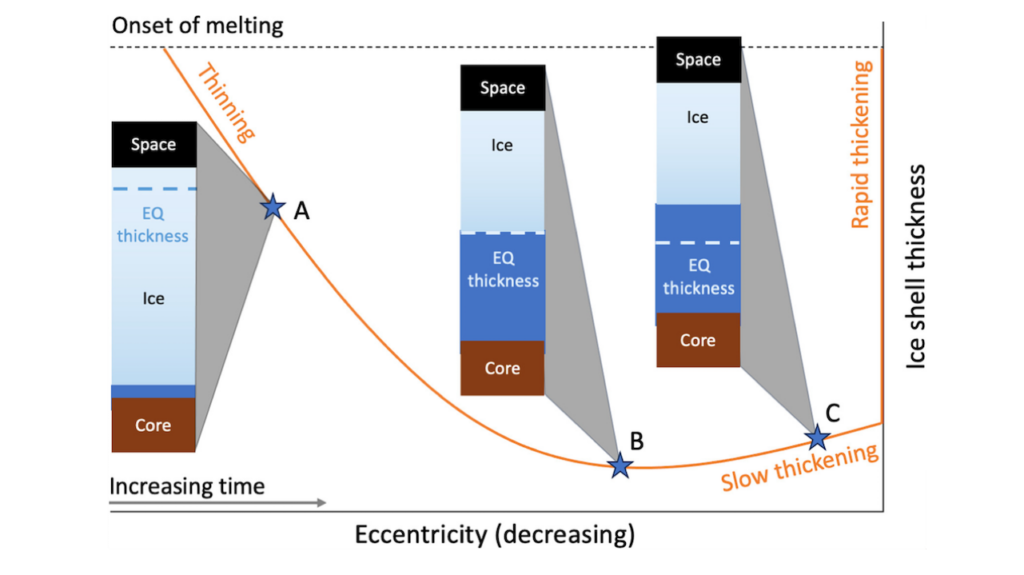Biomineralization: Linking Biology and Geochemistry
Fossils are essential to our understanding of the history and origins of complex life. New work from NAI’s MIT and Penn State teams describes exquisitely preserved microfossils from mid-Neoproterozoic (811-717 million years old) rocks of the Fifteenmile Group, Yukon. These fossils are interpreted as biomineralized plates that covered the surface of a single-celled alga.
Their findings suggest that the minerals used by the ancient marine organisms have changed through time, perhaps linked to changing ocean chemistry. While the relationship of these fossils to modern organisms is difficult to determine, the researchers argue that it’s likely that these unique fossils are the plates of an organism most closely related to green algae. Their paper appears online in Geology.








